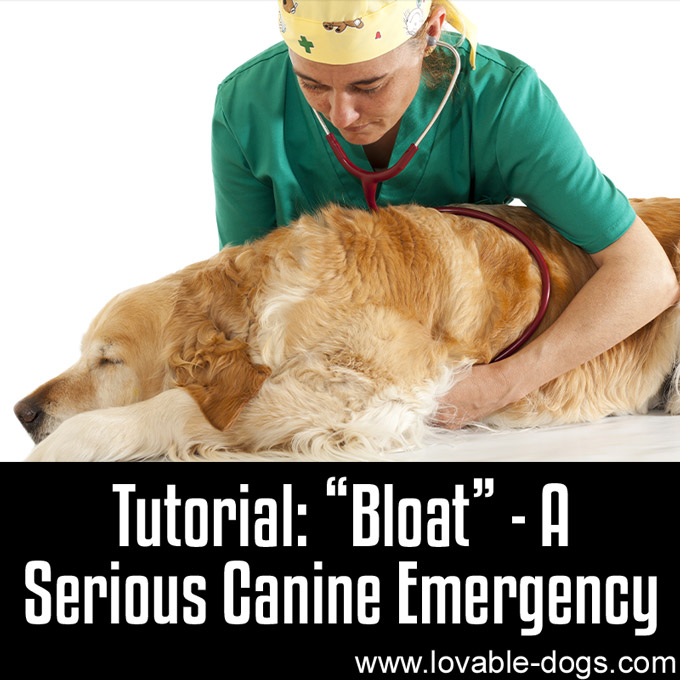
Photo – © edu1971 – Fotolia.com
There’s a notorious dog killer out there that is worth learning about. It is a gastric medical disorder. Meet “bloat,” a serious, life-threatening condition that can even take a dog’s life in less than an hour. For most dog owners, those diseases regarded as “life-threatening” usually afflict the most vital organs of the dog’s body such as the heart, but bloat successfully debunks such stereotypes. With an shocking 30% mortality rate associated with it, which even competes that of cancer, bloat is the enemy no dog owner can (and should) ignore.
Bloat, or to give it a more technical name, twisted stomach or gastric dilatation–volvulus (GDV), occurs when air, fluid, or food abnormally fills the dog’s stomach to the point that the stomach becomes too distended and appears balloon-like. The overly stretched stomach exerts pressure on other organs, and the circulation of blood from and to the heart is compromised. Bloat can come with or without twisting (technically termed as “volvulus”) at the top of the dog’s food tube (i.e., esophagus) and at the pyloric valve of the stomach. Stomach distention partnering with twisting spells disaster for your pet – and for the unsuspecting owner; who might lose his best friend when immediate veterinary care is delayed. With twisting, the stomach rotates from 90 degrees to 360 degrees. This in turn traps gas within the stomach. When gas builds up and extends the degree of stomach swelling, added pressure is applied on the blood vessels, obstructing and pinching off blood circulation.
To beat bloat when it strikes is to race against time. Shock, cardiac arrest, and organ damage ensue within hours after bloat kicks in. Owners should rush their dogs to the vet once bloat is suspected. With appropriate and immediate treatment, the outcomes become favorable for your dogs.
Here’s the full article we discovered with more information about bloat: http://www.VeterinaryPartner.com/Content.plx?P=A&A=672&S=1&SourceID=42

